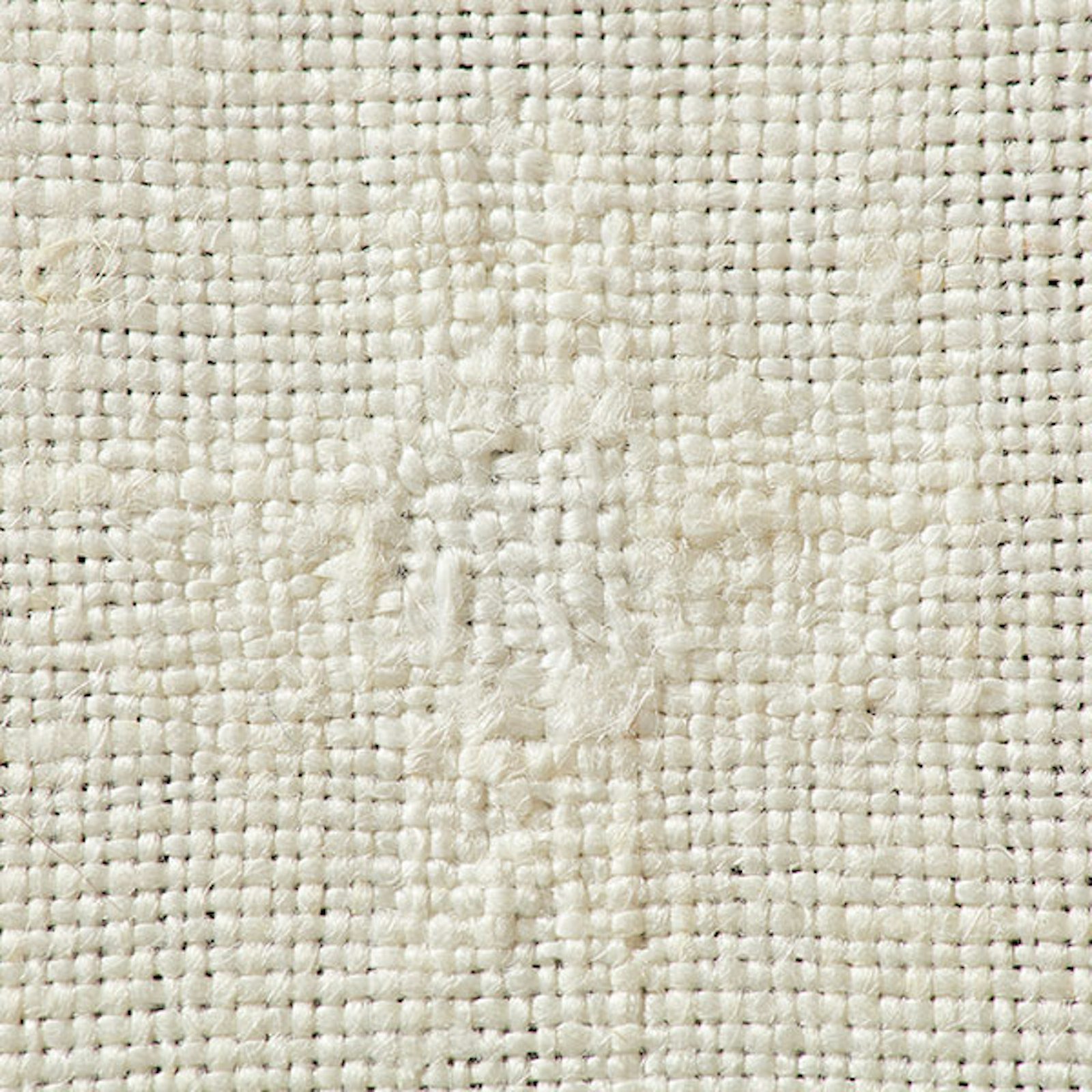All Access Exclusive
To Darn or Not to Darn
The question is, does one darn or patch? Each mending job calls for a different technique. The size and location of the damage determines which one should choose.
The question is, does one darn or patch? Each mending job calls for a different technique. The size and location of the damage determines which one should choose. <a href="https://pieceworkmagazine.com/to-darn-or-not-to-darn/">Continue reading.</a>
https://pieceworkmagazine.com/cdn-cgi/image/format=auto/https://www.datocms-assets.com/75076/1656662446-01-mending-linen-darning.jpg?auto=format&w=900
Darning is best for small holes and creates a less visible repair than patching. Books on needlework and mending define darning as the repair of a textile by interlacing (or interlooping) threads across a hole or tear. The color of the darn should match the garment as closely as possible, using threads taken from a seam allowance or other accessible place inside the garment, closely matched darning cotton, or embroidery floss.
ALL ACCESS EXCLUSIVE
Unlock the Full Article with a PieceWork All Access Subscription
Get instant access to this article and the entire PieceWork library of projects, inspiration, and expert instruction. With your subscription, you’ll receive:
Unlimited access to the PieceWork Library, a digital miscellany of needlework ebooks, patterns, and more exclusively for All Access subscribers.
Stream 11+ needlearts videos and workshops
Unlock timeless techniques and heirloom-quality patterns
Learn from expert tutorials that deepen your historical craft knowledge
Enjoy unlimited access to exclusive content—updated regularly
Includes full access to PieceWork magazines + new issues.
PieceWork celebrates the rich history of needlework and makers from around the globe.
Plans start at just $11.99/month. Cancel anytime.

